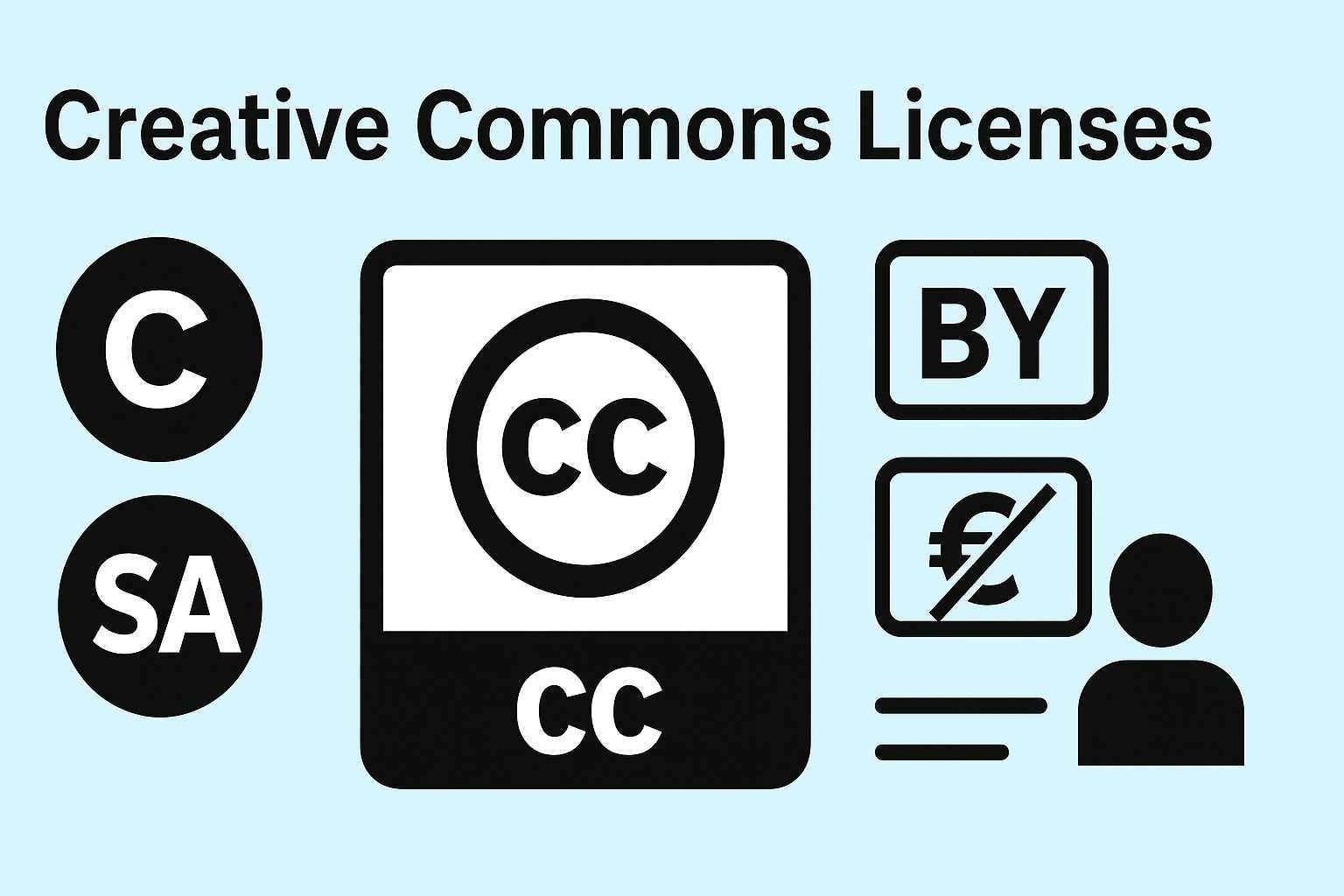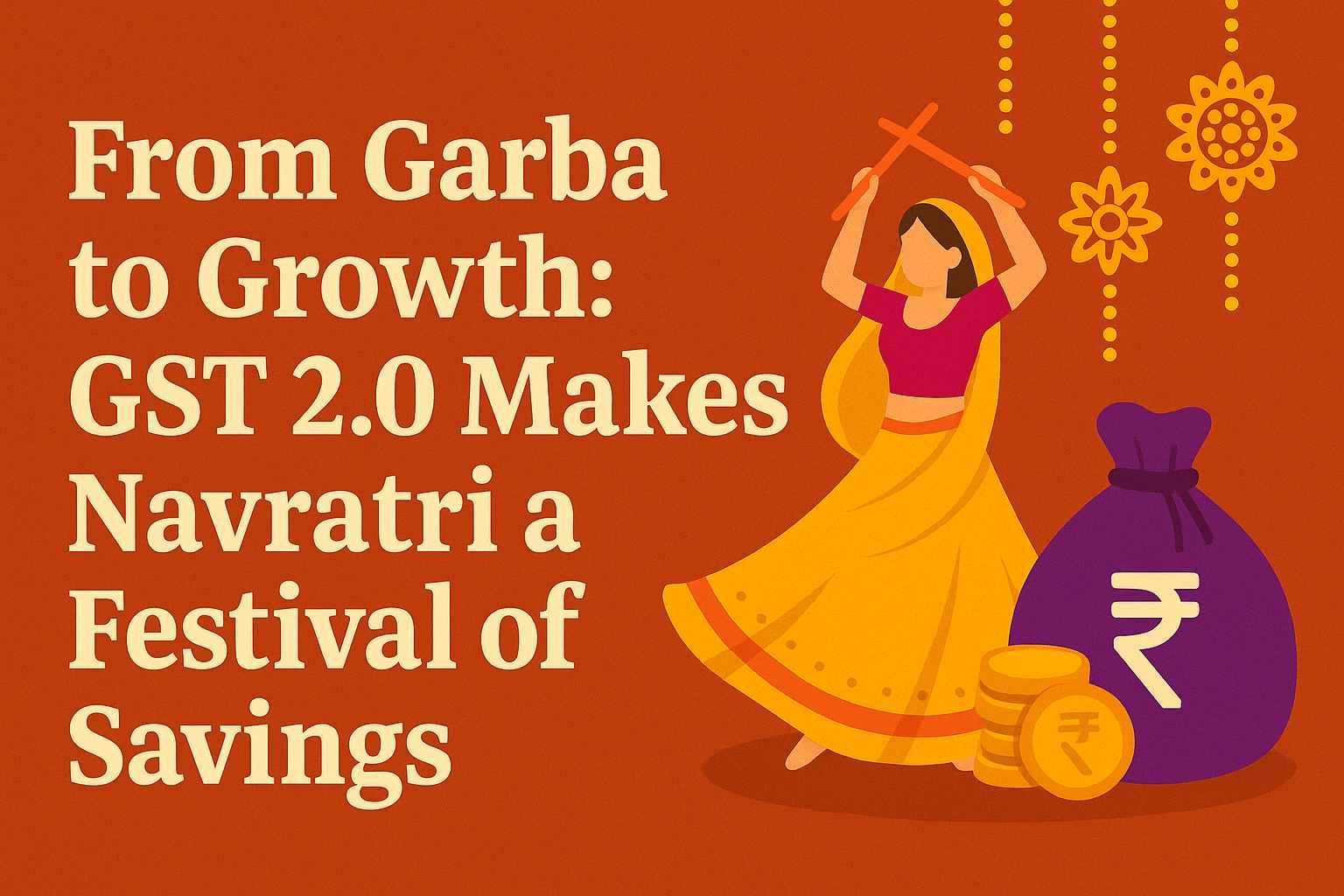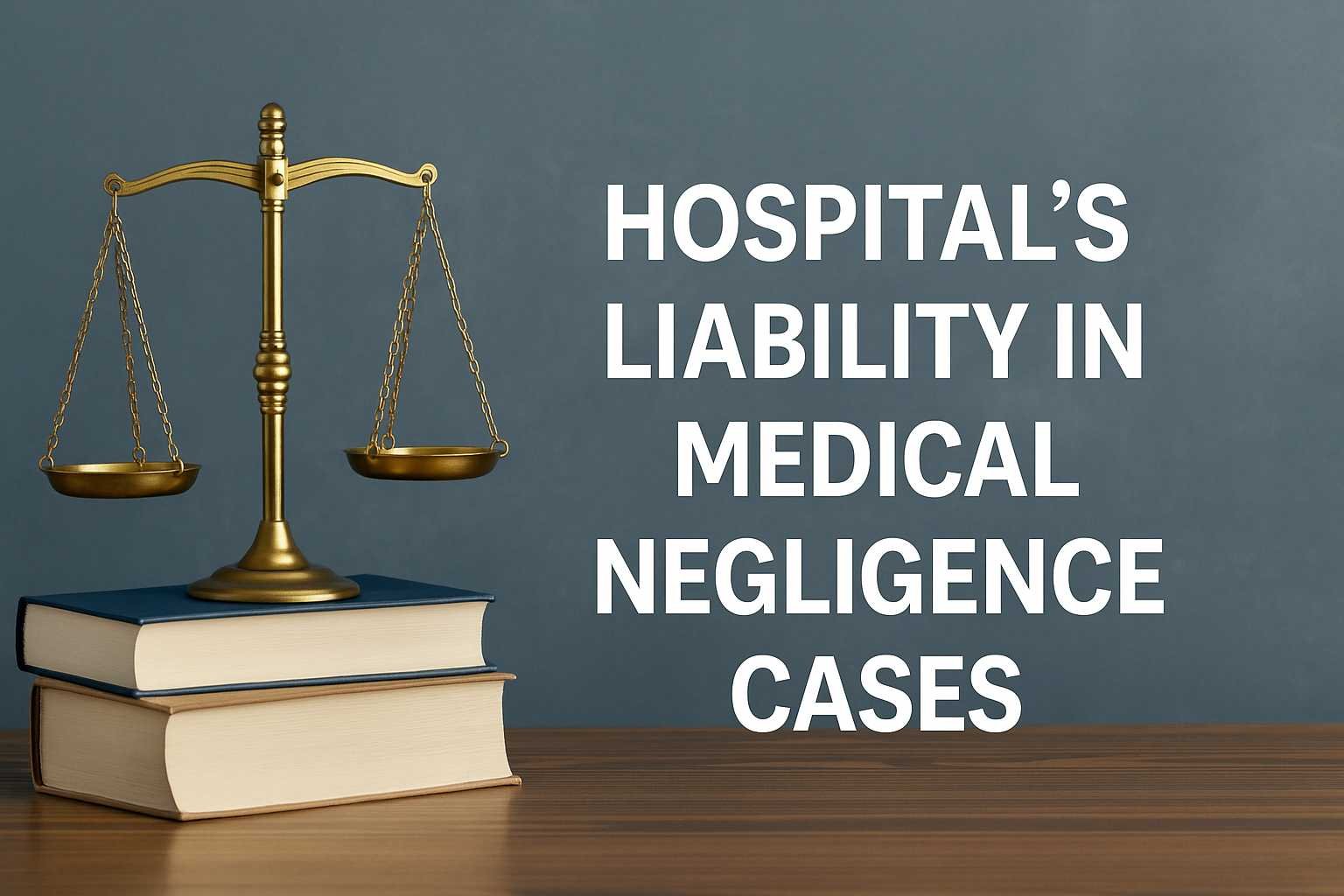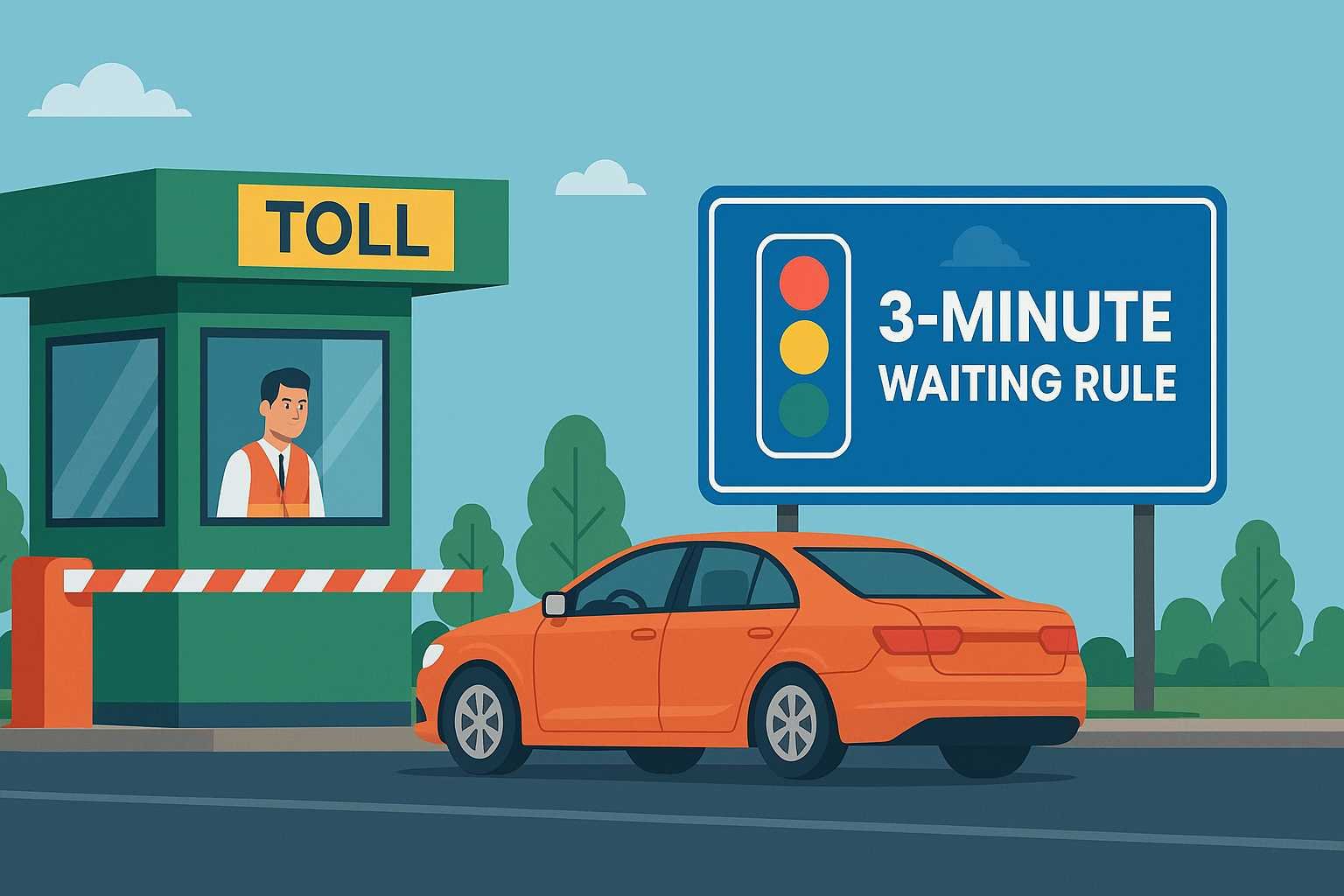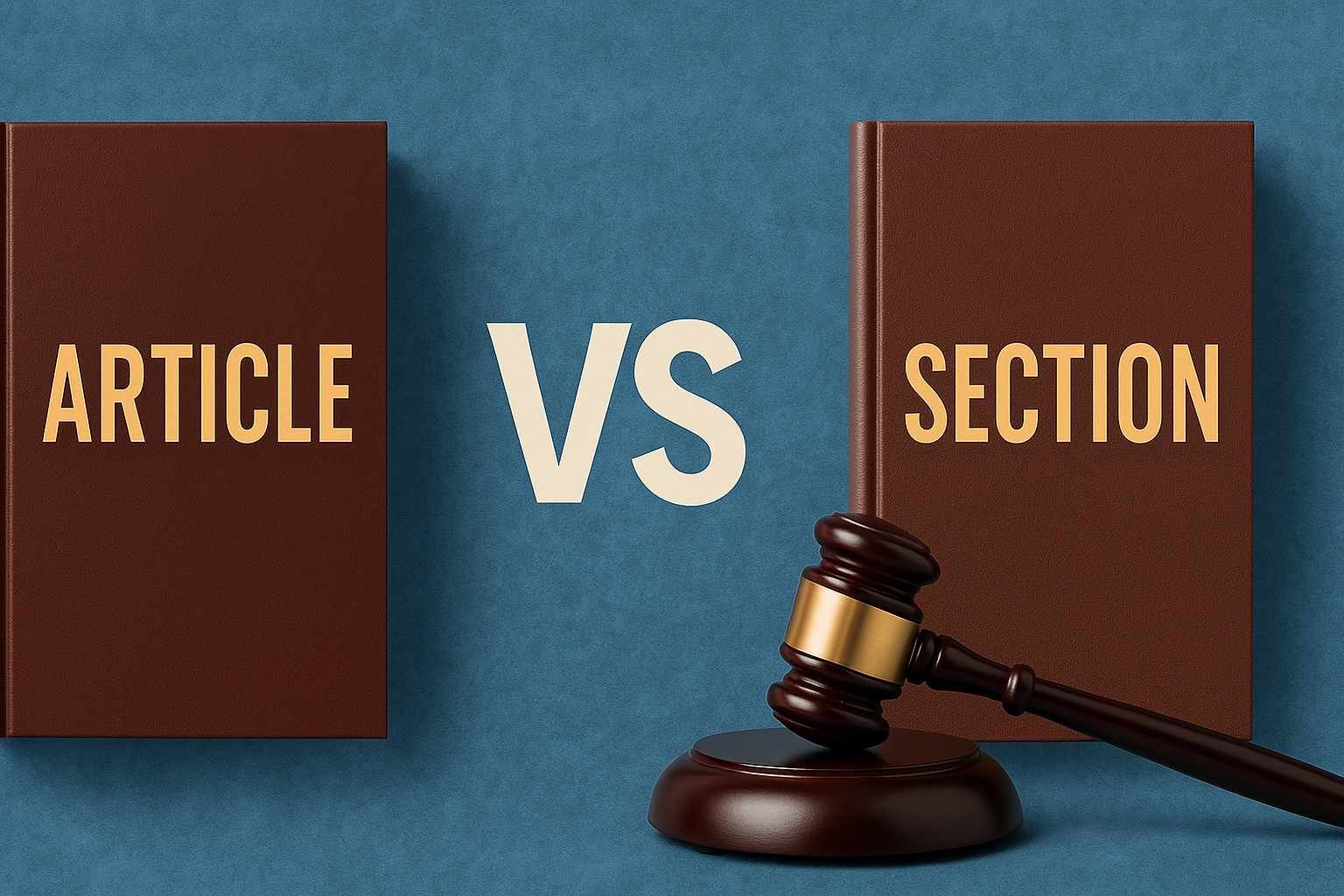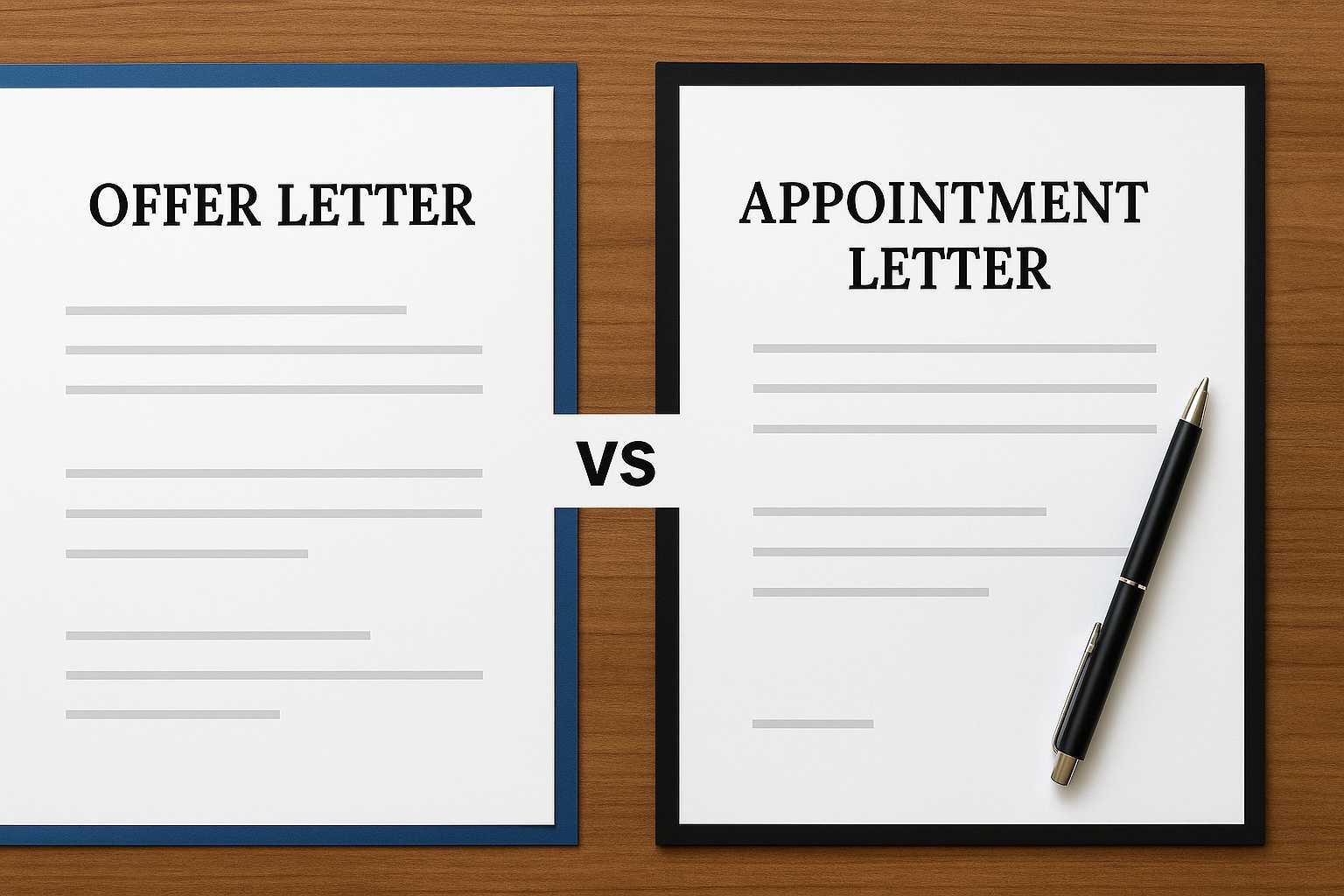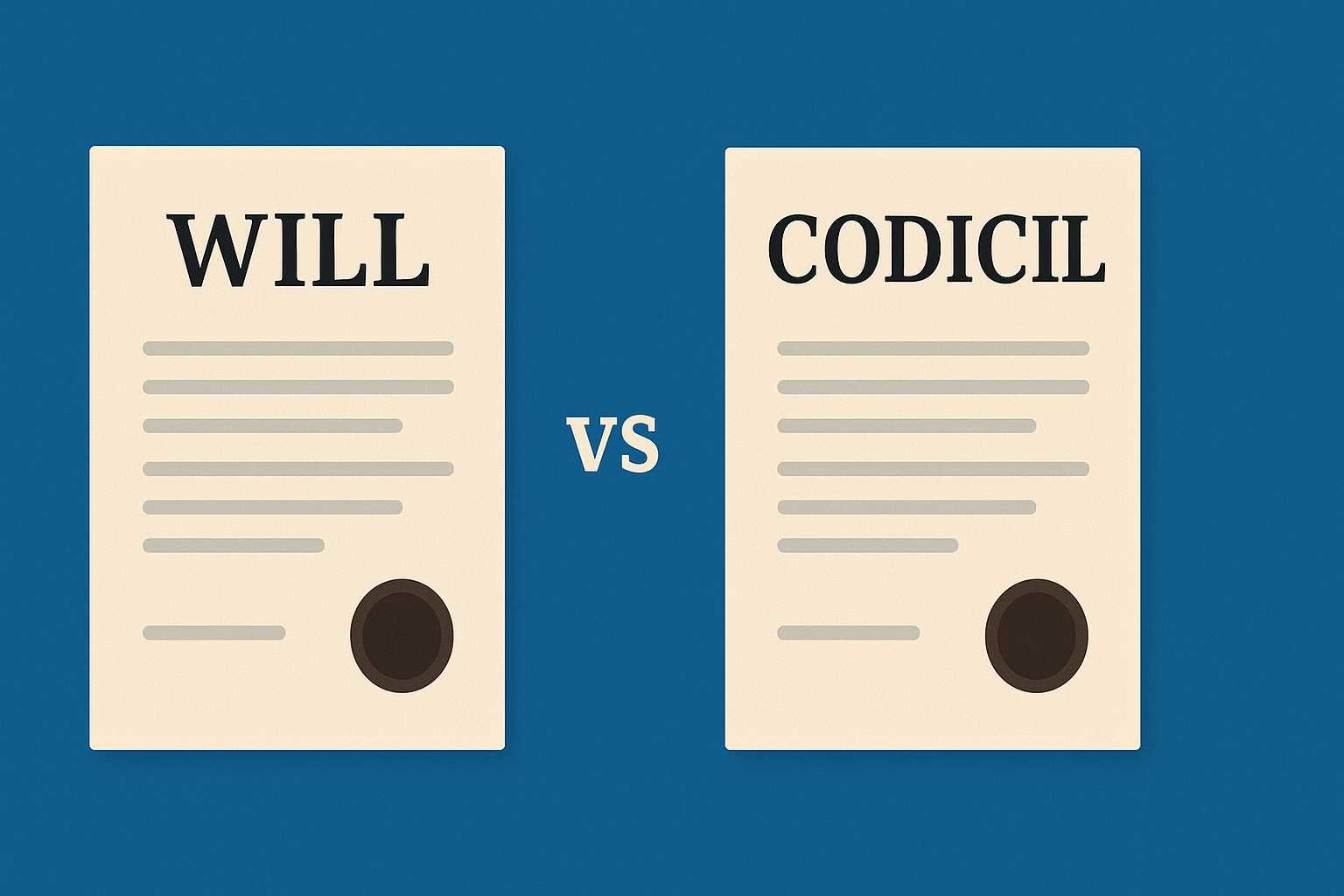On this page you will read detailed information about Creative Commons Licenses.
Creative Commons (CC) licenses are standardized, legally robust permissions creators can apply to their works so others know exactly what they can and can’t do. Instead of one-off permissions by email, CC licenses put the rules on the work itself in a way that’s free to use, globally valid, and human-readable.
CC licenses sit on top of copyright: you still own your work, but you proactively grant specific freedoms (like copying, sharing, remixing) under conditions (like attribution). The goal is to enable sharing and remixing while respecting creators’ choices.
The menu of CC tools (and what each one means)
Creative Commons offers six core licenses, plus two public-domain tools.
The four basic license “elements”:
- BY — Attribution: You must credit the creator.
- SA — ShareAlike: If you remix, you must release your adaptation under the same license.
- NC — NonCommercial: No commercial use without separate permission.
- ND — NoDerivatives: You can copy and share as-is, but no changes (no edits, translations, remixes).
The six standard licenses (from most to least permissive):
- CC BY — Attribution
Use, share, adapt—even commercially—with attribution. - CC BY-SA — Attribution–ShareAlike
Same as BY, but remixes must be licensed under BY-SA too. (This is the license model Wikipedia uses.) - CC BY-NC — Attribution–NonCommercial
You can adapt and share, but not for commercial purposes. - CC BY-ND — Attribution–NoDerivatives
Share the original with attribution, but no edits or adaptations. - CC BY-NC-SA — Attribution–NonCommercial–ShareAlike
Adapt non-commercially; share adaptations under the same license. - CC BY-NC-ND — Attribution–NonCommercial–NoDerivatives
The most restrictive CC license that still allows sharing (non-commercially, unchanged).
Public-domain tools:
- CC0 (“CC Zero”): The creator waives rights to the fullest extent allowed by law—no attribution required (though polite attribution is appreciated). Ideal for datasets, templates, icons, clip-art, code snippets where frictionless reuse is important.
- Public Domain Mark (PDM): A label indicating a work is already in the public domain (not a license).
CC 4.0—why the version matters in 2025
Most current CC-licensed content uses version 4.0 (you’ll see “CC BY 4.0”, “CC BY-SA 4.0”, etc.). Version 4.0 is:
- International (no need for country-specific ports).
- Better aligned with database rights in some jurisdictions (helpful for datasets).
- Clearer about moral rights, sui generis database rights, and attribution expectations.
- Designed to be reliable across borders, which matters for the internet.
When choosing a license for new work in 2025, prefer 4.0 unless you have a specific reason not to.
What “attribution” actually requires (TASL)
Attribution is the backbone of CC. A clean way to remember: TASL
- Title of the work (if available)
- Author/creator (name or handle)
- Source (a link/URL where the work lives)
- License (the exact CC license name + link to its deed)
Good attribution example:
“Morning Bazaar” by Asha Patel, source: example.com/morning-bazaar, licensed CC BY-SA 4.0.
If you made changes, say so: “Cropped and color-balanced from the original.”
Common pitfalls to avoid:
- Burying attribution in a hard-to-find page.
- Linking to your own copy instead of the original source.
- Forgetting to name the exact license and version.
Picking the right license for your goals
Ask yourself what you want others to do with your work:
- Max reach and remix (including commercial use)? → CC BY or CC BY-SA.
- Allow remix but keep it non-commercial? → CC BY-NC or CC BY-NC-SA.
- No changes, just sharing? → CC BY-ND (or CC BY-NC-ND if you also want non-commercial only).
- Frictionless reuse, even without attribution? → CC0.
ShareAlike is a policy choice: it keeps remixes open, but may deter some commercial adopters who can’t comply with SA in their product stack. NonCommercial reduces commercial uptake and can be ambiguous at the edges (Is a monetized YouTube channel “commercial”? Usually yes. A school fee-based workshop? Often yes.).
Using CC content safely (images, video, music, fonts, data)
- Verify the license at the source. Marketplaces, photo sites, or repositories should show the exact CC license (with version). Screenshots are your friend.
- Attribute properly (TASL). If space is tight (e.g., Instagram), place attribution in the caption or a pinned comment; on video, put it in the description and/or end credits.
- Check for third-party rights not covered by CC:
- People: CC doesn’t grant model releases. Images with recognizable people may need a model release for commercial uses.
- Trademarks/Logos: CC doesn’t grant trademark rights. Don’t imply endorsement.
- Privacy/Cultural heritage: Sensitive sites, private property, or traditional knowledge may have extra restrictions.
- No DRM/TPM on CC works: CC licenses prohibit applying technological protection measures (like DRM) that would restrict others from exercising the licensed freedoms.
- Derivative vs. collection: If you adapt a work (translate, crop meaningfully, remix), ND licenses won’t allow it. If you merely include an unmodified work alongside others (a “collection”), ND can be okay—attribute and keep the original untouched.
Compatibility & combinability (especially for BY-SA)
- BY-SA requires adaptations to be licensed under BY-SA (same or a compatible license). This is why Wikipedia content stays free to remix. If you mix BY-SA with other licenses, the most restrictive applicable terms can govern your remix—plan your stack before you start.
- ND content generally can’t be remixed. You can place it next to other content (a compilation), but you can’t edit it.
- NC and commercial projects don’t mix—get separate permission or pick different content.
CC and AI in 2025 (hot questions)
- Training on CC materials: If a dataset is under CC BY, training is usually allowed, but attribution duties can be complex at model-deployment time (bulk attribution). Some curators release datasets under CC0 to avoid friction.
- ShareAlike + AI outputs: If you create a derivative of a CC BY-SA work (e.g., you heavily stylize a specific CC BY-SA image), your derivative must also be BY-SA. For model outputs that only learned from broad training corpora (not a targeted derivative), obligations are less clear and jurisdiction-dependent; when in doubt, avoid including identifiable, licensed source content in your final output unless you can comply with the license.
- ND and transformations: Many AI “filters” count as adaptations. With ND content, avoid transformations—use as-is.
CC for educators, nonprofits, and governments
- Open Educational Resources (OER) often use CC BY or CC BY-SA to enable free adaptation and translation.
- Nonprofits that want broad adoption but not commercialization often choose BY-NC. Consider the ambiguity in NC; if you want maximum clarity and adoption (including by mission-aligned businesses), BY or BY-SA may be better.
- Open Government programs frequently publish data under CC0 for maximal reuse (maps, statistics, APIs). For content (text/images), CC BY is common.
In the previous post, we had shared information about Navratri 2025 Turns Into a Bachat Utsav: How GST 2.0 Lights Up Savings, so read that post also.
How to apply a CC license to your own work
- Confirm you own the rights. If collaborators, employers, or clients hold rights, get agreement first.
- Pick a license aligned with your goals (see above).
- Mark the work clearly:
- Put the license name and link (e.g., “CC BY-SA 4.0”) on the page, in the file metadata, or in the README/credits.
- Include your preferred attribution format (give them the TASL ingredients).
- Publish the source when appropriate (e.g., layered design files, uncompressed audio) to make reuse practical.
- Optional dual-licensing: You can publish under CC for the world and sell commercial licenses separately to those who need special terms (e.g., to waive NC/SA requirements, provide model releases, or give warranty/indemnity).
What CC licenses don’t cover
- Patents: CC doesn’t grant patent rights.
- Trademarks: No trademark permissions; avoid suggesting endorsement.
- Privacy/Publicity: No model releases or privacy waivers.
- Moral rights (like right of integrity) can still apply in many countries; 4.0 clarifies treatment but doesn’t erase local laws.
- Warranties: CC licenses are typically as-is, with no warranty or indemnity.
Quick decision tree (creator’s perspective)
- Want maximum reach with attribution? → CC BY
- Want virality with “copyleft-style” openness? → CC BY-SA
- Want non-commercial community use only? → CC BY-NC (or BY-NC-SA if you want remixes to remain NC)
- Want sharing only, no edits? → CC BY-ND (or BY-NC-ND to also block commercial use)
- Want zero friction reuse? → CC0
Real-world examples
- Photography & stock: Photographers often use CC BY to build reputation (attribution drives backlinks), while selling premium sets under commercial terms.
- Music: Creators release stems under BY or BY-SA to foster remixes; labels may prefer NC for fan edits.
- Code/documentation: Code typically uses software licenses (MIT, Apache-2.0, GPL), but docs, examples, and media often use CC BY or CC BY-SA.
- Datasets: To encourage research and product integration, CC0 is common.
Common mistakes (and how to avoid them)
- Assuming “found online = free to use.” Always check the license.
- Forgetting version numbers. “CC BY” is not the same as “CC BY 4.0.”
- Ignoring ND/SA/NC constraints in a complex project. Plan your license stack before production.
- Weak attribution. Use TASL and link to the license deed.
- Over-promising to clients. If your deliverable includes CC content under NC/SA/ND, disclose the implications.
FAQ
A: Yes, if you attribute properly and there are no third-party issues (people, logos). For commercial campaigns, prefer assets with clear model/property releases.
A: Not automatically. If there’s a fee, ads, or sponsorship, it may be commercial. When in doubt with NC works, get permission.
A: Yes—say what you changed (“cropped,” “color-graded,” “translated”).
A: No. SA requires adaptations to be released under BY-SA as well.
A: CC0 is designed to remove copyright/database friction. If your data includes third-party personal or sensitive info, that’s a separate compliance issue—sanitize before release.
Bottom line
Creative Commons licenses are a proven, globally recognized way to unlock legal sharing. If you’re a creator, CC lets you choose how open you want to be—from fully permissive CC BY to “share but don’t change” BY-ND, or even CC0 for frictionless reuse. If you’re a user, CC gives you powerful rights—but you must attribute correctly, respect NC/ND/SA conditions, and watch for third-party rights.
Used thoughtfully, CC can supercharge discovery, collaboration, SEO, and community—while keeping creators in control. Want me to convert this into a 1-page checklist or a license-picker flowchart you can publish on your blog?
Disclaimer
The information and services on this website are not intended to and shall not be used as legal advice. You should consult a Legal Professional for any legal or solicited advice. While we have good faith and our own independent research to every information listed on the website and do our best to ensure that the data provided is accurate. However, we do not guarantee the information provided is accurate and make no representation or warranty of any kind, express or implied, regarding the accuracy, adequacy, validity, reliability, availability, or completeness of any information on the Site. UNDER NO CIRCUMSTANCES SHALL WE HAVE ANY LIABILITY TO YOU FOR ANY LOSS OR DAMAGE OF ANY KIND INCURRED AS A RESULT OR RELIANCE ON ANY INFORMATION PROVIDED ON THE SITE. YOUR USE OF THE SITE AND YOUR RELIANCE ON ANY INFORMATION ON THE SITE IS SOLELY AT YOUR OWN RISK. Comments on this website are the sole responsibility of their writers so the accuracy, completeness, veracity, honesty, factuality and politeness of comments are not guaranteed.
So friends, today we talked about Creative Commons Licenses, hope you liked our post.
If you liked the information about Creative Commons Licenses, then definitely share this article with your friends.

